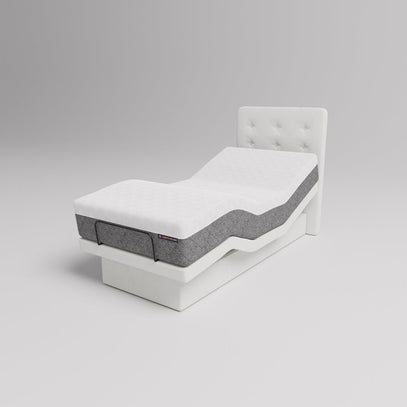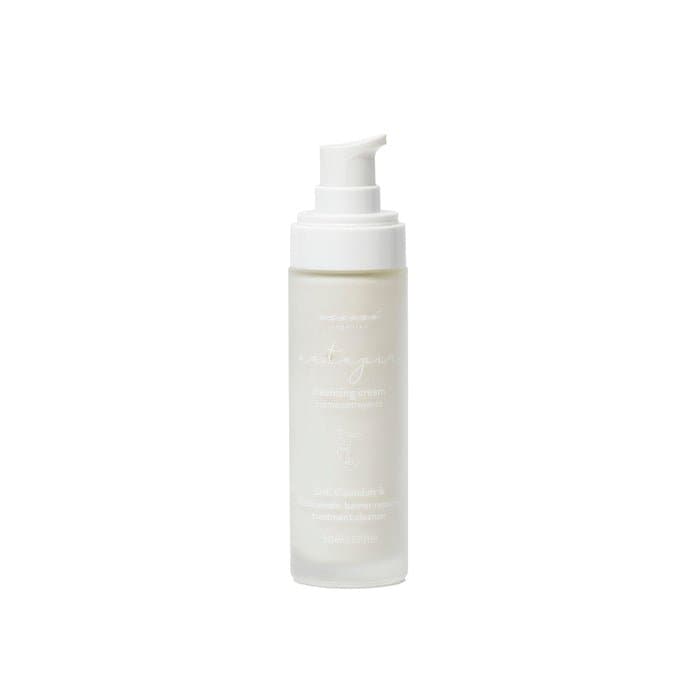When we think of maritime industries, our minds often conjure images of sailors, captains, and engineers working tirelessly to keep the vessel afloat. However, there is a critical role that often goes unnoticed – that of the engine room painter. These unsung heroes play a crucial role in maintaining the structural integrity and longevity of the ship, protecting it from the harsh marine environment. If you are looking for more information about engine room painters, you can visit this site.
The Importance of Engine Room Painters
Protecting the Vessel
- Engine room painters play a vital role in protecting the vessel from corrosion and rust.
- By applying specialized marine-grade paints, they create a barrier that shields the ship's surfaces from the corrosive effects of saltwater and harsh weather conditions.
- This not only maintains the structural integrity of the ship but also prolongs its lifespan, saving the company significant costs in repairs and maintenance.
Ensuring Safety Compliance
- Engine room painters are responsible for ensuring that all surfaces within the engine room are properly coated with fire-retardant and non-toxic paints.
- These coatings are essential for maintaining a safe working environment for the crew and preventing fires or accidents caused by flammable materials.
- Compliance with safety regulations is a top priority in the maritime industry, and engine room painters play a critical role in upholding these standards.
The Skills Required
Technical Expertise
- Engine room painters must possess a solid understanding of different types of paints, coatings, and application techniques.
- They need to be familiar with the specific requirements of the marine environment and ensure that the paints they use are suitable for the conditions they will be exposed to.
- Additionally, they must be skilled in surface preparation, including cleaning, sanding, and priming, to ensure the paint adheres properly and provides maximum protection.
Attention to Detail
- Painting in an engine room requires meticulous attention to detail, as even small errors can compromise the effectiveness of the coating.
- Engine room painters must be diligent in their work, ensuring that every surface is properly coated and that there are no missed spots or uneven application.
- Their keen eye for detail is essential in maintaining the quality and integrity of the paint job.
The Challenges Faced
Working in Confined Spaces
- Engine rooms are notoriously cramped and often have limited ventilation, making painting a challenging task.
- Engine room painters must navigate tight spaces and awkward angles to reach all surfaces that need to be coated.
- This requires physical dexterity and adaptability to work in such restricted conditions.
Dealing with Hazardous Materials
- Many of the paints and coatings used in engine rooms contain hazardous chemicals that can pose risks to the painters' health.
- Engine room painters must take precautions to protect themselves from exposure to these substances, such as wearing protective gear and ensuring adequate ventilation.
- They must also follow strict safety protocols to minimize the risks associated with working with these materials.
The Future of Engine Room Painting
Advancements in Technology
- With the rapid advancements in paint technology, engine room painters now have access to more durable and environmentally friendly coatings.
- New coatings are being developed that provide enhanced corrosion protection and longer-lasting performance, reducing the need for frequent repainting.
- These innovations are revolutionizing the field of engine room painting and are likely to shape the future of the industry.
Training and Education
- As the role of engine room painters becomes increasingly specialized, training and education programs are essential to equip painters with the skills and knowledge they need to excel in their work.
- Industry certifications and apprenticeship programs can help aspiring engine room painters gain the technical expertise and practical experience required for success in the field.
- Investing in training and education is crucial to ensuring a skilled and competent workforce that can meet the evolving demands of the maritime industry.
In conclusion, engine room painters play a vital role in ensuring the safety and longevity of maritime vessels. Their expertise in applying protective coatings is essential for maintaining the structural integrity of the ship and upholding safety standards in the engine room. As technology advances and the industry evolves, the role of engine room painters will continue to be indispensable, making them an integral part of the maritime workforce.








